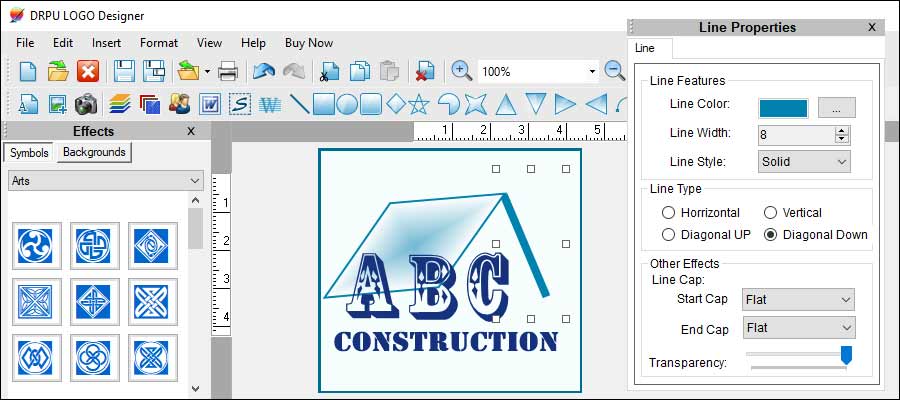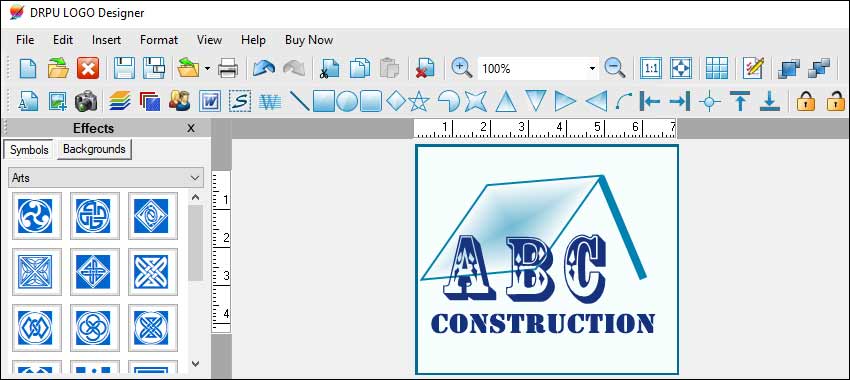
-
Lack of Creativity:
Logo maker software often relies on pre-designed templates and elements, which can limit the level of creativity in logo design. These templates may be generic and fail to capture the unique essence of a brand.
To overcome the lack of creativity, you can take the following steps:
-
Explore multiple logo maker software options: Different logo maker software platforms offer varying levels of creativity and template options. Research and experiment with different software to find one that offers more unique and innovative templates.
-
Modify existing templates: Once you select a template, customize it by changing colors, fonts, shapes, and other design elements. Make substantial alterations to the template to add a personal touch and make it distinct from the original design.
-
Combine elements: If you find that a single template doesn't fully represent your brand, consider using elements from multiple templates or creating a hybrid design. This way, you can mix and match different components to create a more original and creative logo.
-
-
Lack of Originality:
Logo maker software often has a limited library of design elements, icons, and fonts. As a result, it can be challenging to create a logo that stands out and reflects the unique identity of a brand.
To overcome the lack of originality, consider the following suggestions:
-
Incorporate custom elements: If the software allows, upload your own custom icons, graphics, or illustrations to add a unique touch to the logo. This way, you can ensure that your logo has elements that are specific to your brand and distinct from others.
-
Combine different elements: Instead of relying solely on the provided library, combine different elements, icons, or fonts to create a logo that is more original. By mixing and matching various components, you can achieve a unique design that represents your brand effectively.
-
Use external resources: If the logo maker software allows, you can import external resources such as vector icons or graphics from other design platforms. This way, you can expand your options and access a broader range of original design elements.
-
-
Limited Customization Options:
Logo maker software often has limitations on customization, such as restricted color palettes, limited font choices, or the inability to fine-tune specific design details. This can hinder your ability to create a logo that precisely matches your brand's vision.
To address the limitations of customization, try the following approaches:
-
Experiment with colors and fonts: While the software may have a limited selection of colors and fonts, you can still experiment with different combinations to find the best match for your brand. Make use of color theory and typography principles to create a visually appealing and cohesive design.
-
Edit logo elements externally: If the software allows, export the logo and edit it in a more robust design software like Adobe Illustrator or Sketch. This way, you can have more control over fine-tuning details, adjusting shapes, or making advanced modifications to achieve the desired customization.
-
Seek professional help: If you're struggling to achieve the desired level of customization using logo maker software, consider working with a professional graphic designer or agency. They can take your initial concept and bring it to life with their expertise, ensuring a fully customized logo design.
-
Key Advantages of Hiring a Professional Logo Designer
Hiring a logo designer can bring several benefits to your business or organization. Here are some of the key advantages of hiring a professional logo designer:

-
Professionalism and Brand Identity: A logo is the visual representation of your brand. A professional logo designer has the expertise to create a unique and visually appealing logo that accurately reflects your brand's identity and values. They understand the importance of color psychology, typography, and visual elements, ensuring that your logo conveys the right message to your target audience.
-
Originality and Uniqueness: A logo designer can create a logo that is original and distinct from your competitors. They have the creativity and skills to develop unique logo concepts that set your brand apart. A well-designed logo can make a memorable impression on your customers and help your brand stand out in a crowded market.
-
Tailored to Your Target Audience: A logo designer will take the time to understand your target audience and design a logo that appeals to them. They consider factors such as demographics, industry trends, and customer preferences to create a logo that resonates with your intended audience. A logo that connects with your target market can enhance brand recognition and build customer loyalty.
-
Scalability and Versatility: A professional logo designer considers the various mediums and platforms where your logo will be displayed. They create a logo that can be easily scaled up or down without losing its visual impact. This ensures that your logo looks great on different marketing materials such as business cards, websites, social media profiles, signage, packaging, and more.
-
Time and Cost Savings: While you may consider designing a logo yourself or using generic templates, it can be time-consuming and may not yield the desired results. A logo designer has the expertise and experience to create a high-quality logo efficiently. By hiring a professional, you can save valuable time and focus on other important aspects of your business. Additionally, a well-designed logo from the start can save you from costly rebranding efforts in the future.
-
Consistency and Brand Cohesion: A logo designer can develop a logo that aligns with your overall branding strategy. They consider your brand's visual identity, including color schemes, typography, and design elements, to create a cohesive brand image. A consistent brand identity helps build trust, recognition, and a strong brand presence across different marketing channels.
-
Expertise in Design Principles: Logo designers are well-versed in design principles and industry best practices. They understand how to create a balanced and visually appealing logo by applying principles such as symmetry, proportion, contrast, and harmony. Their expertise ensures that your logo is aesthetically pleasing, communicates effectively, and stands the test of time.